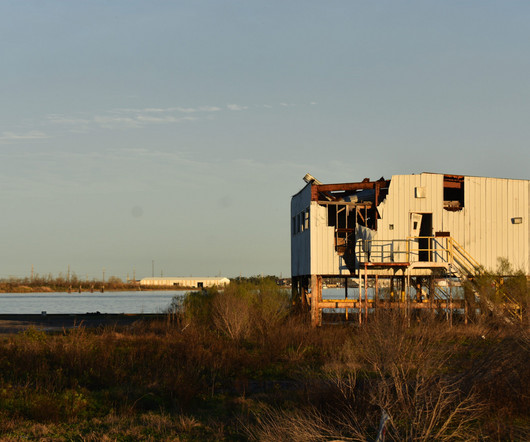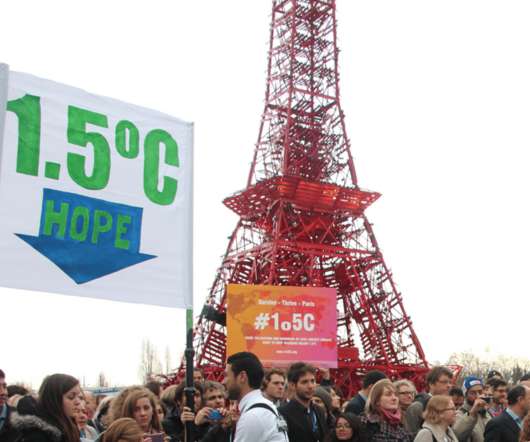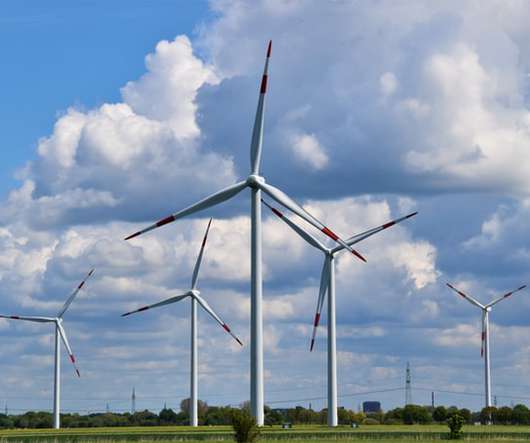US Supreme Court limits EPA’s greenhouse gas powers
Smart Energy International
JULY 4, 2022
The case brought by West Virginia demanded the EPA should not have the authority to devise emissions caps based on the generation shifting approach the Agency took in the Clean Power Plan in 2015 – in essence limiting emissions across whole states.















Let's personalize your content